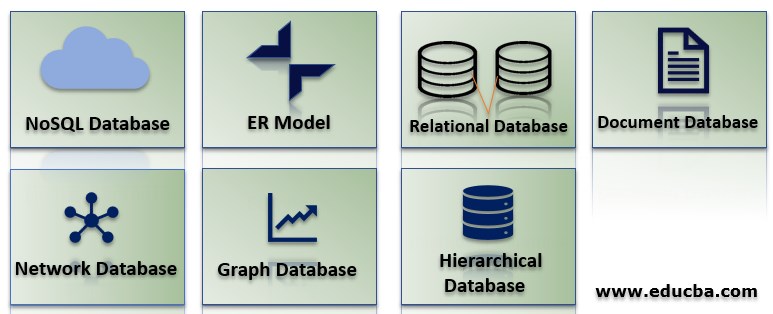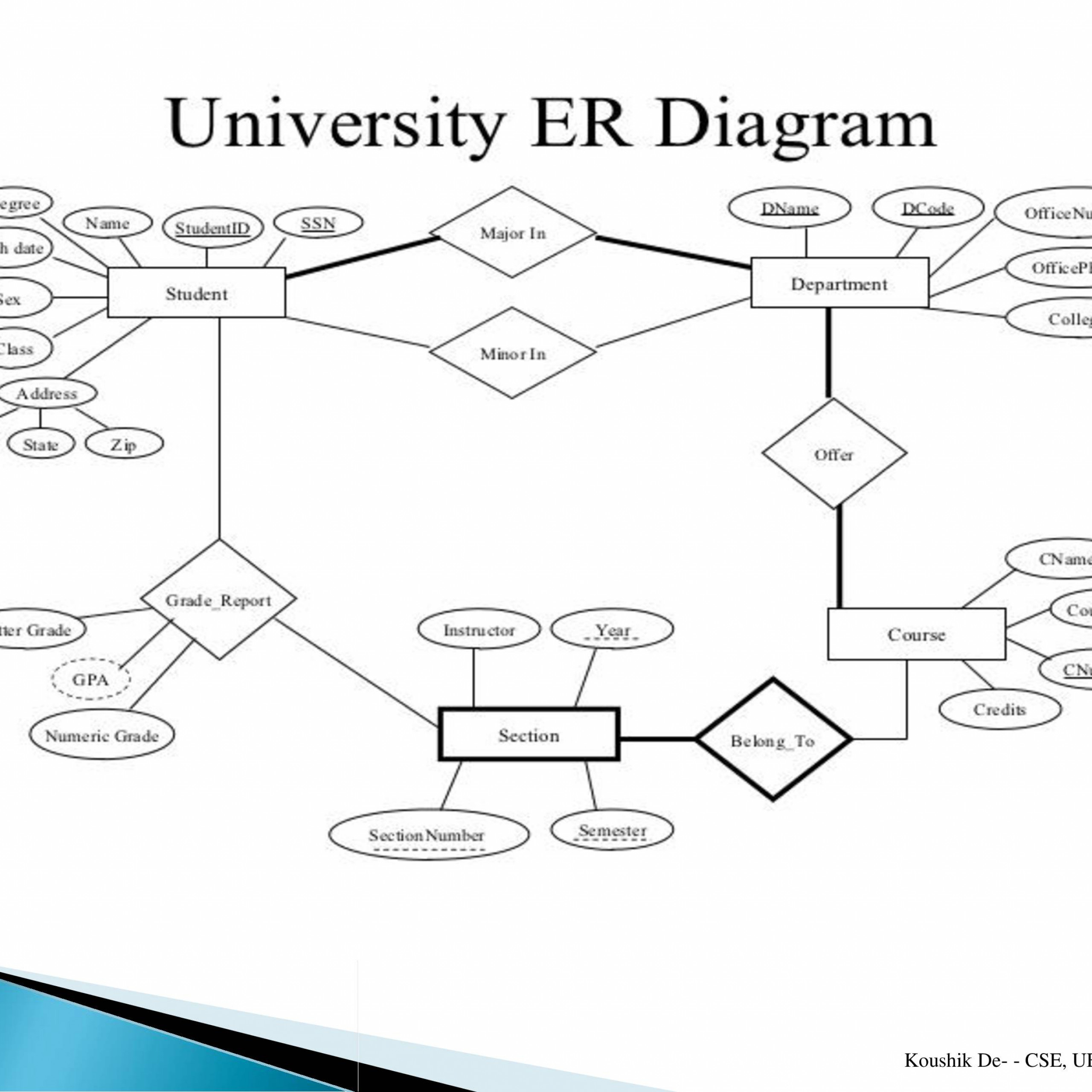Table Of Content

In the business, she worked as an IT professional in a variety of senior positions including project manager, database designer, administrator and business analyst. Recently she has been exploring a wide range of technology-related tools and processes to improve delivery methods and enhance learning for her students. However, it utterly fails to address the cultural contexts of data within organizations and society. Beginners to database design frequently fail to understand the impact that database structure can have on the structure and function of an organization. Sometimes organizations find themselves having to adapt to their data structures rather than the other way around. It is now generally recognized that gender is a non-binary facet of identity.
Efficient Data Types Selection

It is ensured with continuous integration testing of the database with different data sets and conversion of data into machine understandable language. The manipulation of data is primarily focused on these steps where queries are made to run and check if the application is designed satisfactorily or not. Imagine you’re a small business owner running a library with thousands of books that are organized by genre, author, and topic. Now, I want you to picture that same library without any system in place. Books are tossed around randomly, some even lying forgotten on the floor. Imagine trying to find a specific title in this chaos—it’s like searching for a needle in a haystack.
Adding Dates in SQL: A Complete Tutorial
A primary key (PK) is a unique identifier for a given entity, meaning that you could pick out an exact customer even if you only knew that value. The book is very relevant to the content covered in an introductory database management system courses. Add a chapter to describe data warehousing and data storage with large volume of data.
One-to-many relationships
The seven phases of conceptual, logical, and physical design, implementation, testing, deployment, and maintenance provide a robust approach to crafting databases that meet business goals. Careful attention to requirements gathering, modeling, implementation, quality assurance, and administration results in data systems which are highly functional, performant, and scalable. Each phase involves distinct considerations and these phases work together to produce databases that operate reliably within real-world systems and applications. Database design can be generally defined as a collection of tasks or processes that enhance the designing, development, implementation, and maintenance of enterprise data management system. Designing a proper database reduces the maintenance cost thereby improving data consistency and the cost-effective measures are greatly influenced in terms of disk storage space.
Best open source SQL database design software
Determine the types of data that need to be stored and the relationships between different data elements. This might involve gathering requirements from users and stakeholders and analyzing the data to understand its structure and relationships. A good database design is one that is well-structured, efficient, and flexible. It meets the needs of the organization and supports the efficient storage and retrieval of data. A good database design is normalized, which means that the data is divided into smaller, related tables and there is minimal redundancy. More often, it is not just related to the developer's perspective but is quite often used with non-tech groups or communities.

Database design, at its core, is about creating efficient systems that meet user requirements while optimizing performance. On the other hand, we have the physical data design model which involves translating this logical model onto physical media using hardware resources and software systems such as DBMS (database management systems). The next step involves designing the database considering the user-based requirements and splitting them out into various models so that load or heavy dependencies on a single aspect are not imposed.
The book covers all necessary areas and topics, but I did not see an overall index. It was a great book for database design and as an extra bonus, SQL was covered in greater detail than most texts on the subject. Table of contents is complete, organized, and the topics are presented in the appropriate order.
I like the simple explanations and examples provided by the authors that can help students quickly grasp the gist of the concepts in an intuitive manner. The core concepts in the book will be very relevant for the next several years. With consistent structure of chapter (i.e., Content, Key Terms, and Exercise), it is easy to follow.
Skills you can learn in Software Development
This way, we cut off repetitive data and allow for partial independence. In summary, it is crucial to prioritize the design and maintenance of databases, as they are the foundation of many business operations. A well-planned and well-designed database can reduce the amount of work needed in the long term while redesigning a database after a project has started or an application has been launched can be expensive. Test the database design to ensure that it meets the needs of the organization and makes efficient use of resources.
I suggest merging it with another chapter, perhaps with Chapter 13 that talks about software engineering in the context of database systems. It means that individual chapters can more easily be skipped or rearranged, but also means that readers need to internalize new examples as they’re used. The book is organized with a clear and well-defined structure, and the flow from topic-to-topic and chapter-to-chapter is appropriate. Students should find it easy to learn and comprehend the topics, as they are presented in a very easy-to-follow manner. At the application level, other aspects of the physical design can include the need to define stored procedures, or materialized query views, OLAP cubes, etc.
The System Design Cheat Sheet: Relational Databases (Part 1) - hackernoon.com
The System Design Cheat Sheet: Relational Databases (Part .
Posted: Thu, 29 Feb 2024 08:00:00 GMT [source]
On the other hand, the physical design revolves around translating this logical design onto physical media using hardware resources and software systems like a DBMS. The conversion from logical to physical requires you to choose a target database engine and verify that there are no errors in the diagram (using the same validation tool). For more information, read this article on how to generate a physical diagram from a logical one in Vertabelo. Logical database design bridges the gap between the conceptual and physical levels.
If you’re new to database design, you may want to start with our article on how to learn database design. Then, you can come back to the top 12 database design principles that will help you achieve the above objectives. By following these guidelines, you can create efficient and optimized table structures that promote data accuracy, integrity, and performance. As designers, we may fall into the error of believing that our databases will always be well protected from any risk of data loss or theft.
At this point, partitioning the schema becomes necessary so that the schema can be visualized by sections. The conceptual model shows the main entities of our schema and the main relations between them. Anomalies can occur when performing operations like inserting, updating, or deleting data.
They can usefully join data from multiple tables or else show part of a table. For example, a table of employees might have an attribute “manager” that refers to another individual in that same table. Once you know what kinds of data the database will include, where that data comes from, and how it will be used, you’re ready to start planning out the actual database. Key terms for each section were conveniently located at the end of each section which explained the important terms. It has the properly communication for a novice database person getting into the field.The book give a great introduction to database and is clear throughout.


No comments:
Post a Comment